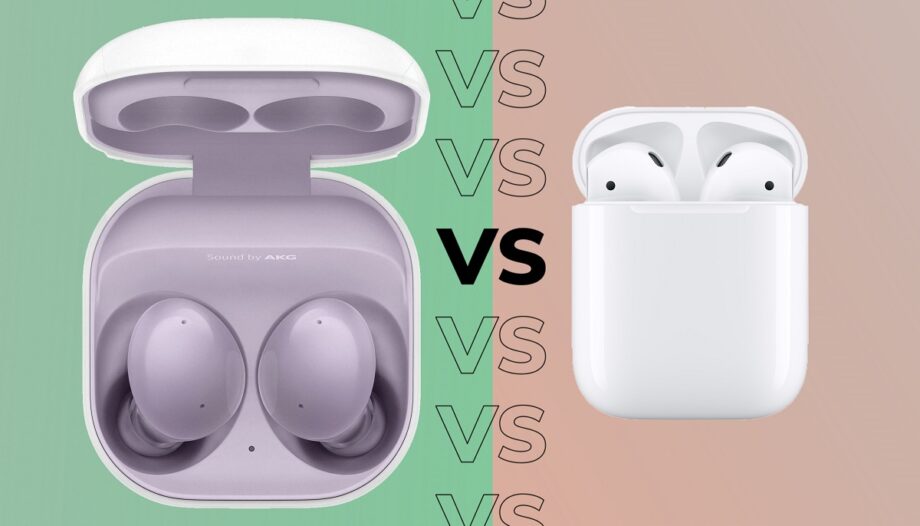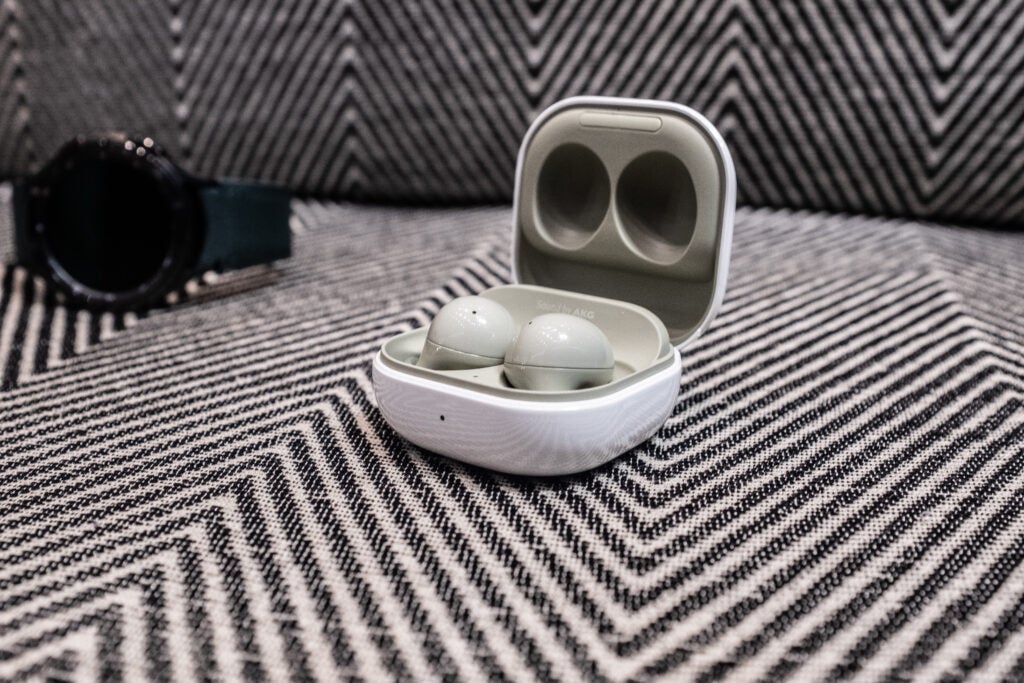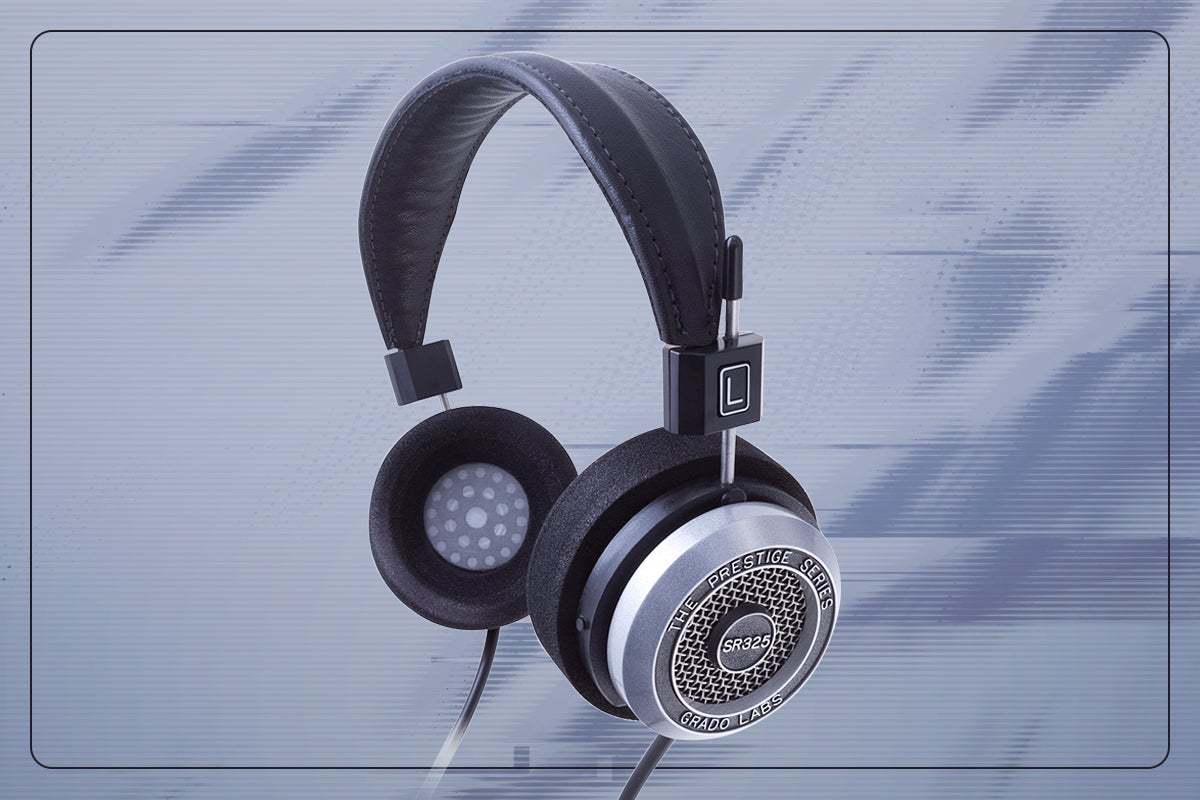Samsung Galaxy Buds 2 vs Apple AirPods: Which earbud offers the best value?

Samsung’s Galaxy Buds 2 hope to continue the recent upward trend of the company’s true wireless after the Galaxy Buds Pro.
Considering Samsung’s Galaxy smartphones are rivals to Apple’s iPhone, you can see that rivalry extending to the headphones they pump out.
While they’re not necessarily in competition with each other – you’re not likely to mix and match your Apple and Samsung products – we do think you’ll want to know if the earbud offers as much value for your smartphone.
So that’s where this Samsung Galaxy Buds 2 vs Apple AirPods is coming from. Are these earbuds good value for their smartphone partners?
Price and availability
The Apple AirPods went on sale in 2019 and are available in two variants, one that requires a wired connection for charging and another that supports wireless charging.
The former is priced at £159 / $159 / €179 / CA$219 / AU$249. The latter is priced at £199 / $199 / €229 / CA$219 / AU$249.
The Samsung Galaxy Buds 2 have a price of £139 at launch in the UK, €149 in Europe and $149.
The Galaxy Buds 2 are the cheaper of the two, though the AirPods have been on sale for two years so you can get for the cheaper still if you shop around.
What’s the difference between the design?
Not much seems to have changed with regards to the Galaxy Buds 2’s look. They adopt the same bulbous design as many of Samsung’s other earbuds, but ditch the wing-tip/stabiliser the original had.
Really, the only visual difference is a more glossy look, but Samsung also says that the Galaxy Buds 2 are their smallest and lightest earbuds yet.

Compare that to the Apple AirPods, though, and the Galaxy Buds 2 are in a different world entirely. The AirPods adhere to the stem design that they popularised, with touch capacitive controls at the bottom of the stem.
They’re sleek but the design’s lack of noise isolation means they won’t block out as much noise as the Galaxy Buds 2. From that perspective it’s an easy win for the Galaxy Buds 2, especially if you don’t want to be distracted by the environment around you.
A little note is that the Galaxy Buds 2 are available in Graphite, White, Olive and Lavender variants, which allows for some personalisation. The AirPods are only available in a glossy white finish, which has a tendency to attract dirt.
What’s the difference in the feature set?
The big difference here is the presence of noise cancellation in the Samsung Galaxy Buds 2. That instantly puts them on a different level compared to the AirPods’ lack thereof.
Samsung says the the noise cancellation blocks out 98% of background noise (we’ll believe that when we hear it), and offers a choice of three ambient sound modes to pass audio through. The only real answer the Apple AirPods can provide is that its open design naturally leaks outside sounds in, but that’s not a choice on your behalf.
The H1 chip in the AirPods enables hands-free Siri interaction, wear detection and offers less audio latency when paired with an iPhone. Battery life is 5 hours of audio, 3 hours of talk time and 24 hours in total. Both fast-charging and wireless charging is supported, but the latter is only possible if you get the AirPods with the wireless charging case. The entry-level AirPod doesn’t have this feature.
The H1 chip also automatically engages the microphone when you receive calls, with the beamforming microphones working to filter out external noise and focus on your voice.
Samsung’s response is around 20 hours with ANC and 29 hours without it, with the earbud’s three microphones banking on Samsung’s machine learning to offer clear call quality. Apple never commented on an IP rating for its standard AirPods, but the Galaxy Buds 2 have it with an IPX2 rating.
Like the AirPods with iOS devices, the Galaxy Buds 2 are designed to be optimal with Galaxy devices, offering easy switching between devices in a not too dissimilar manner to Apple’s auto-switching feature. There’s also a PC app available that does what the mobile app does (tweak settings, modes etc).
The Samsung true wireless has the better feature set with the addition of ANC and an IP rating, but Apple fans will still want to use their AirPods, given the iOS specific features it supports.
Is there any difference in the sound?
We’ve not yet got our hands on a sample from Samsung, so we can’t comment on the Galaxy Buds 2’s approach to sound. We do know that they’ve been tuned by esteemed Austrian audio brand AKG, and they’re aiming to “offer powerful, natural and distortion-free sound” from the earbuds’ dynamic two-way speaker. We’ll have to wait and see if they live up those claims.
The bar isn’t set particularly high with regards to the AirPods. When we tested it we found that the open design didn’t facilitate particularly good bass response, with complex tracks coming across as unclear and lacking in terms of organisation. Vocals are prioritised but the poor noise isolation also means your music has to complete with what’s around you. We’d be surprised if Samsung couldn’t vault over this level of performance with ease.
Early verdict
Even without being able to hear how they sound or test the noise cancellation, looking at the specs and the Galaxy Buds 2 have the edge over the AirPods.
The presence of noise cancellation in comparison to the AirPods open design should mean less external noise interrupting your music playback. They should serve up better sound quality, though how much better remains to be seen.
Simply in terms of value, the Galaxy Buds 2 offer more. The AirPods are a decent fit if you have an iOS device but Samsung Galaxy owners will be getting a more versatile pair of earbuds that can better withstand the rigours of every day use.





